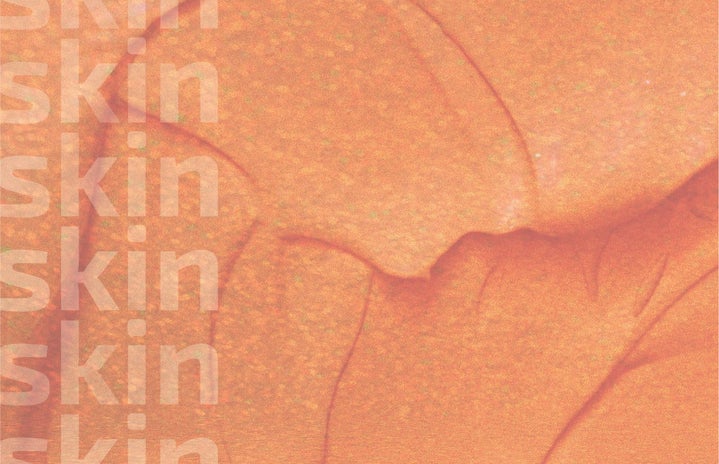If you’re anything like me, oftentimes you will pick a makeup product based on what you hear on social media or recommendations made by a friend. While this method can work perfectly well, and there are some benefits to relying on the reactions of those around you, you might be missing a crucial step in the research aspect of your product. I’ve suffered from acne since I hit puberty, and only recently have I been paying attention to how my skin reacts to products rather than blindly trying what the internet threw at me. I’ve been looking at the labels on my products rather than the reviews or packaging. I started paying attention to how my skin reacted to products with certain ingredients, such as sulfates and parabens, and after a little research, my breakouts made sense. Bottom line: these ingredients irritated my skin, causing me to break out. They can be doing the same to you. Long story short: pay attention to your skin and pay attention to the labels of your products!
Sulfates/Sodium Lauryl Sulfates
Sulfates are chemicals that are commonly found in shampoo, soap, toothpaste, cleansers and other beauty products. These chemicals “are responsible for creating lather in shampoos and soaps,” according to Allure, and there are over 100 variations. Some common names are: sodium lauryl sulfate, sodium laureth sulfate, and ammonium laureth sulfate. These chemicals can be derived synthetically, or from coconut oil, palm oil, or petroleum. How the sulfates are sourced and how they are disposed of make the product even more controversial, since petroleum-sourced sulfates can contribute to the destruction of tropical rainforest and sulfates “washed down the drain may also be toxic to aquatic animals,” according to Healthline. The potency of sulfates can range from 1% in cleansers to 25% in shampoos, Healthline says. “In addition to prematurely cleansing the dye from your hair, sulfates have been shown to be irritating—though not allergenic—to eyes and skin in some human studies,” Allure writes.
Parabens
What are parabens? Parabens are compounds commercialized in the 1950’s that act as preservatives, commonly found in deodorant, toothpaste, shampoo, lotion and makeup, according to Scientific American. It’s important to note that parabens accumulate in the body and can mimic estrogen in the body. These facts make sense when put in perspective of a 2004 study that, “detected parabens in samples of cancerous breast tissue,” according to Allure. In fact, 19 of the 20 women studied had parabens in their breast tissue, says Scientific American. Elle says, “names to look out for are butylparaben, methylparaben and propylparaben.” Furthermore, Business Insider claims, “although they may not necessarily aggravate your acne directly, there’s a concern that they can mimic estrogen in the body, which could influence your hormones and contribute to acne.” Sounds a lot like ‘hormonal acne’, right?
Although it’s tempting to load your skin up on retinol, salicylic acid, benzoyl peroxide, ceramides, niacinamides, and more, too much action can cause your skin to constantly react to your concoction of active ingredients. Fragrance, alcohol, and mechanical exfoliators (the beads and scrubs) can also be hazardous. While I don’t advocate giving up your go-to, holy grail cleanser, it’s probably best to cut down your products and stick to a simple, gentle routine, especially if your skin is sensitive like mine. From there you can slowly work in more active products. Beware, I’m not claiming to be the “Know-it-all” of all things skincare. I’m purely speaking from personal experience and research. Make sure that you’re paying attention to your skin and its needs. At the end of the day, we’re all different and that’s what makes us beautiful.



